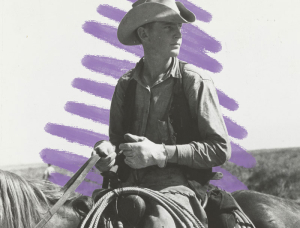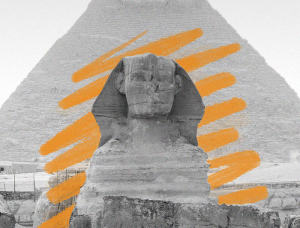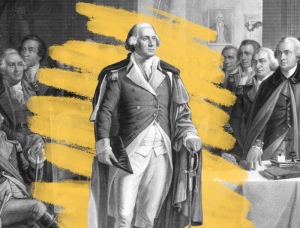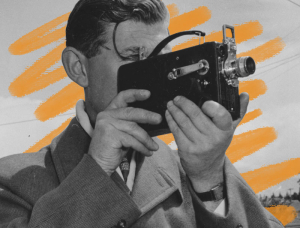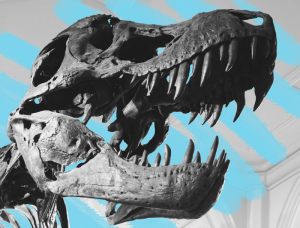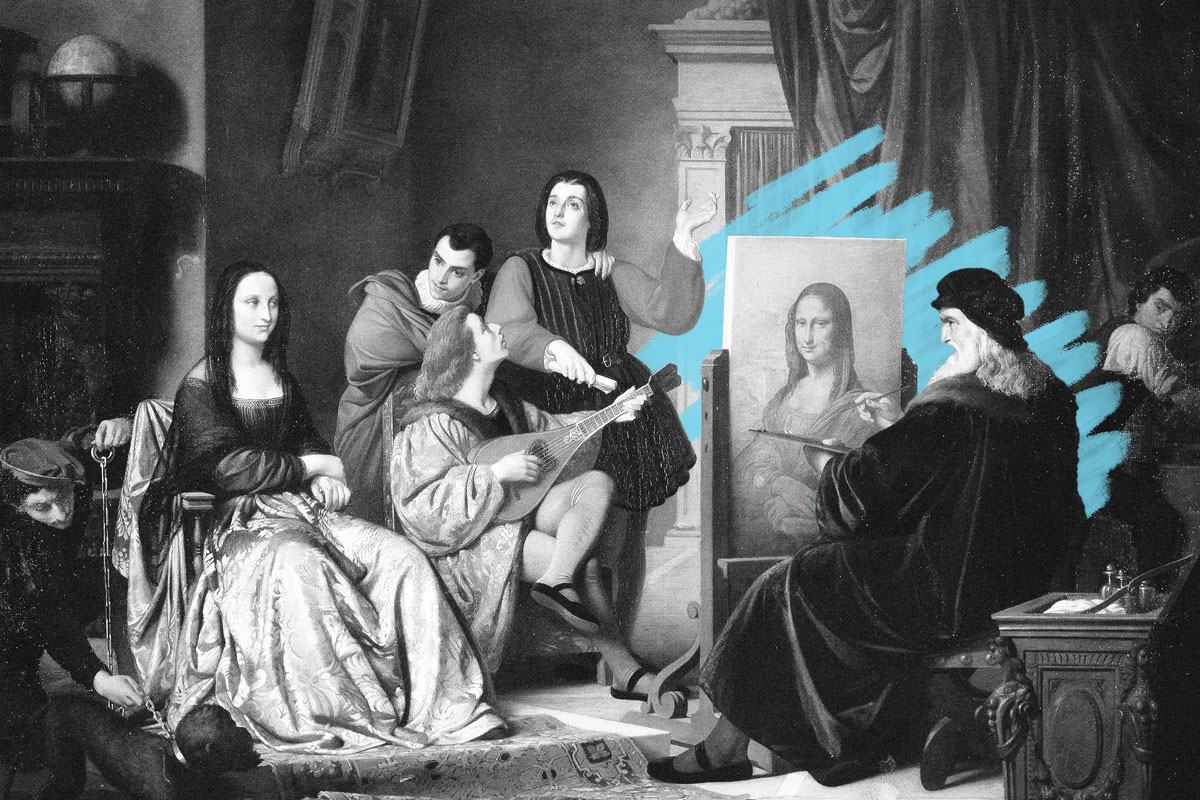Leonardo da Vinci may have painted two versions of the ‘Mona Lisa.’
Smiling at viewers from behind a glass enclosure at Paris’ Louvre Museum, the “Mona Lisa” is perhaps the most famous painting in the world. But is it possible that this one-of-a-kind Renaissance masterpiece from Leonardo da Vinci is actually two of a kind? That’s the stance of the Mona Lisa Foundation, which holds that another version of the 16th-century painting, often known as the “Isleworth Mona Lisa,” portrays a younger depiction of the sitter from approximately a decade earlier.
Deriving its name from an owner of the painting based in Isleworth, England, the “Isleworth Mona Lisa” largely remained out of the public eye until being unveiled in Geneva, Italy, amid a 2012 publicity push from the Mona Lisa Foundation. Beyond the resemblance between the older and younger subject, the foundation points to the results of examinations that indicate both artworks were from the hand of the same artist. Historical evidence also suggests the existence of more than one “Mona Lisa,” as the painting was recorded among the possessions of Leonardo’s servant in 1525 despite having been sold to French King Francis I seven years earlier.
While the double-version theory has its supporters in the art world, others are hesitant to make a definitive connection. For one thing, the “Isleworth Mona Lisa” was rendered on canvas, while Leonardo mainly painted on wood. There are also numerous copies of the “Mona Lisa” to be found, including one that was apparently painted alongside the original by one or more of Leonardo’s apprentices. And then there’s the matter of the objectivity of the Mona Lisa Foundation, which was formed by the international consortium that owns the “Isleworth Mona Lisa” to prove the painting’s authenticity. With the artist silent on the topic of this iconic artwork through his surviving journals, it’s likely that the question of whether he did indeed produce two versions will remain as much of a mystery as the subject’s enigmatic smile.
